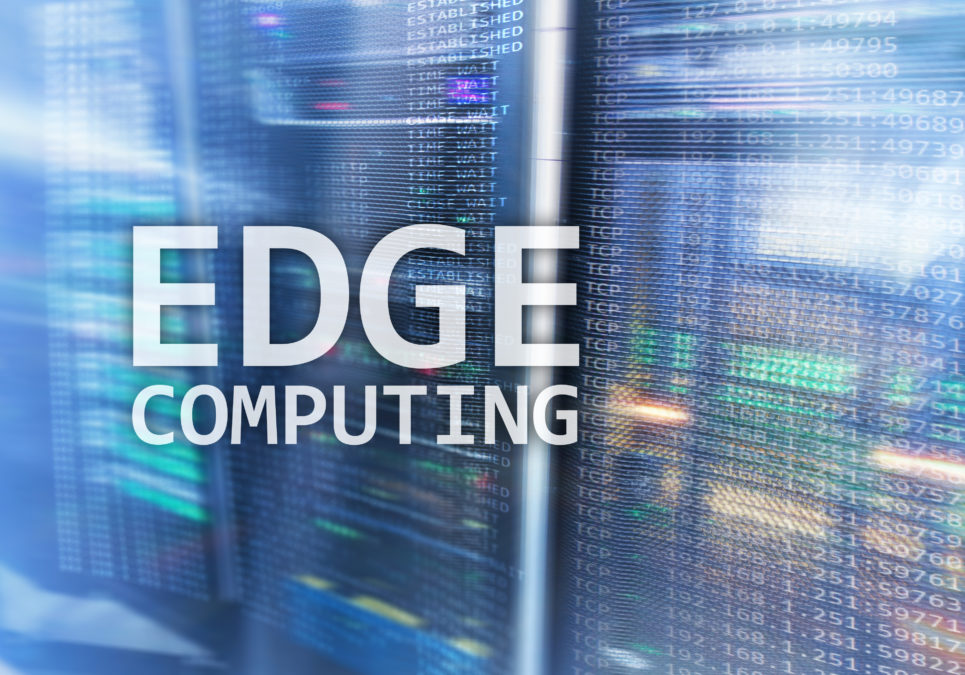Anyone paying attention to modern networking will have noticed that the term edge computing is cropping up quite a bit. It is expected that almost 50 billion smart devices will be in circulation by 2020. These devices represent a valuable opportunity for enterprises to interact with customers and create valuable new services. Providers from Microsoft to Google are putting their weight behind edge computing.
Organisations unfamiliar with edge computing may be unsure of the benefits offered by incorporating this new model of networking. Now, edge computing stands relevant to any company that is using cloud services but is looking for higher performance on certain applications.
For instance, any organisation using smart voice assistant devices would need high performance to make sure that audio signals are interpreted correctly by the end-user. Voice communications are relevant because they will make up to 30% of consumer interactions by 2020.
An introduction to edge and fog computing: A primer in 2018
Is edge computing worth the hype?
As a welcome improvement in cloud computing, it is not surprising that edge computing has created a lot of discussions. The potential to enhance the performance of applications and process data closer to the network edge has the potential to advance services of all shapes and sizes. Performance improvements are possible inside and outside of organisations.
According to Microsoft CTO Kevin Scott “Any of these agricultural or industrial applications, where you have very manual processes like inspections or humans gathering data.. (that’s where) the intelligent edge is going to make those industries massively more efficient”.
However, edge computing isn’t a fix-all solution. Just because it builds on the cloud computing model doesn’t mean that it can act as a replacement. Edge computing works best when combined with cloud computing so that the user can benefit from the centralised stability of the cloud while processing data for certain applications locally for improved performance.
The CTO’s guide to edge computing
Information Age’s comprehensive guide to edge computing for CTOs and business leaders
Edge computing cyber security strategy
Given that edge, computing is an unknown entity to most organisations it is essential for those considering incorporated edge computing to implement new security processes to stay protected. With edge computing, the biggest is risk is losing physical access to your devices. Unsecured devices can be physically tampered with or targeted by denial of service attacks.
There are a number of measures that can be implemented to reduce the risks associated with edge computing. Eliminating security risks starts with controlling physical access to devices and encrypting communications between devices. These steps will make it much more difficult for attackers to get their hands on your data.
The key to onboarding edge computing systems smoothly is to ensure that new processes are developed. Current networking security practices need to be updated to cover the vulnerabilities present when using edge computing. Developing an awareness of threats before deployment will ensure the smoothest edge computing experience.
Edge computing: The movement redefining cloud technology

Written by Tim Keary, Freelance Tech Writer







